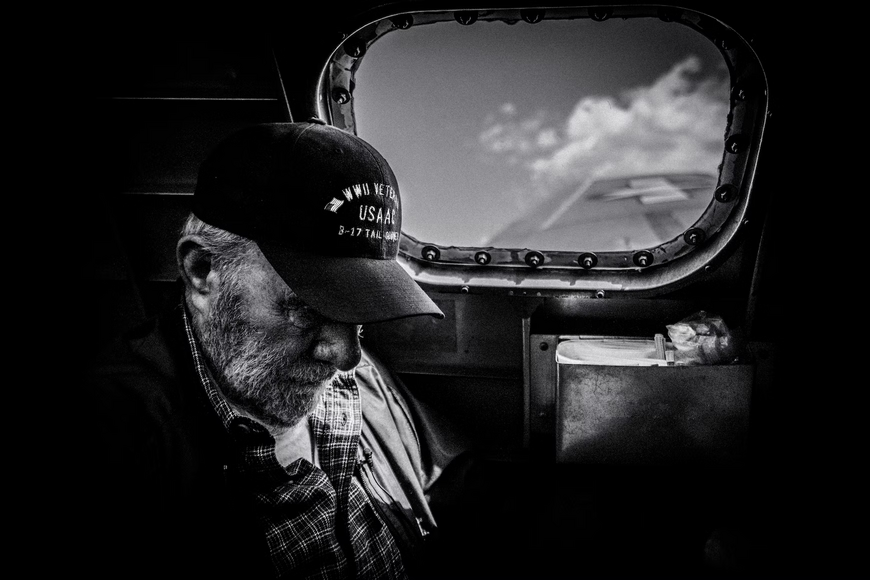Definition
Bronchial thermoplasty is a non-pharmacological treatment for severe, persistent asthma. It involves the use of controlled thermal energy to selectively reduce the excess smooth muscle in the airways, reducing their ability to constrict and improving asthma control. This procedure is conducted in a series of sessions through a flexible bronchoscope under moderate sedation or general anesthesia.
Key Takeaways
- Bronchial Thermoplasty is a non-drug procedure for treating severe asthma that is not well-controlled with medication and inhaled corticosteroids.
- The procedure involves applying controlled heat to the airways’ smooth muscle in the lungs, reducing excessive muscle tightening and decreasing the possibility of asthma attacks.
- Bronchial Thermoplasty is considered a safe and effective treatment for eligible patients, leading to improved asthma control and quality of life, and reduced emergency room visits and hospitalizations for respiratory symptoms.
Importance
The term “Bronchial Thermoplasty” is important in the context of VA benefits as it refers to a cutting-edge non-pharmacological treatment option for eligible veterans suffering from severe asthma.
This minimally invasive procedure aids in reducing the severity and frequency of asthma attacks by applying controlled thermal energy to the airway walls, which in turn reduces the excessive smooth muscle tissue that contributes to airway constriction and obstruction.
By incorporating this treatment into veteran healthcare plans, the Department of Veterans Affairs demonstrates its commitment to offering comprehensive and advanced medical solutions to improve the quality of life and overall health of service members affected by respiratory conditions.
Explanation
Bronchial thermoplasty is a cutting-edge medical procedure primarily used for patients suffering from severe asthma that is not easily controlled through medication alone. The purpose of this innovative treatment is to help reduce the frequency and severity of asthma attacks, subsequently improving the quality of life for patients struggling with this respiratory disease.
By targeting and reducing the excessive growth of smooth muscle tissue in the airways, bronchial thermoplasty aims to minimize bronchoconstriction, which is a common trigger for asthma episodes. Being a minimally invasive procedure, bronchial thermoplasty is performed using a bronchoscope introduced through the patient’s nose or mouth.
This flexible tube is guided down the airways, and controlled radiofrequency energy is applied to the targeted areas to heat up and reduce the abnormal muscle tissue. Spread over the course of three sessions, each treatment typically focuses on different sections of the lungs.
As a result, patients may experience a noticeable reduction in asthma symptoms and may rely less on conventional asthma medications. Whilst not a complete cure, bronchial thermoplasty considerably enhances the overall well-being of individuals with severe asthma and provides them with the opportunity to lead a more fulfilling and active life.
Examples of Bronchial Thermoplasty
Bronchial thermoplasty is a non-pharmacological treatment for severe asthma that uses radiofrequency energy to reduce the amount of smooth muscle in the airways. While the Department of Veterans Affairs (VA) offers a range of healthcare benefits to veterans, bronchial thermoplasty specifically might not be a VA benefits term. However, I can provide you with three real-world examples of bronchial thermoplasty cases:
Clinical Trials: Bronchial thermoplasty was tested in multiple clinical trials, including the Asthma Intervention Research (AIR) trials and Research in Severe Asthma (RISA). These trials demonstrated that bronchial thermoplasty improves asthma control and reduces asthma exacerbations, emergency department visits, and hospitalizations for patients with severe, persistent asthmatic conditions.
A 45-year-old veteran with severe asthma: In this example, a military veteran who has struggled with severe, treatment-resistant asthma undergoes bronchial thermoplasty. The veteran experiences significant improvements in their asthma symptoms after the procedure and can manage their condition more effectively.
37-year-old woman with severe uncontrolled asthma: In this case, a woman with debilitating asthma symptoms undergoes bronchial thermoplasty. After the procedure, she experiences a notable reduction in her asthma symptoms, which leads to a decrease in her reliance on rescue inhalers and other medications. She is able to improve her overall quality of life due to the treatment.In these examples, bronchial thermoplasty demonstrates potential as a treatment for severe asthma, which may be relevant for veterans suffering from this condition.
FAQ – Bronchial Thermoplasty
What is Bronchial Thermoplasty?
Bronchial Thermoplasty is a minimally invasive procedure that uses thermal energy to reduce the excessive smooth muscle tissues in the airways of patients suffering from severe asthma. This treatment can help improve asthma control and reduce the frequency of asthma attacks.
How is Bronchial Thermoplasty performed?
Bronchial Thermoplasty is performed using a bronchoscope inserted through the patient’s nose or mouth into the airways. The bronchoscope delivers controlled thermal energy to the airway walls, reducing the excessive smooth muscle tissues. The procedure is typically performed in three separate sessions spaced a few weeks apart.
Is Bronchial Thermoplasty covered under VA benefits?
VA benefits may cover Bronchial Thermoplasty for eligible veterans who suffer from severe asthma and meet specific criteria. It is essential to consult with your VA healthcare provider to determine if this procedure is appropriate for your condition and covered under your benefits.
What are the potential benefits of Bronchial Thermoplasty?
Patients who undergo Bronchial Thermoplasty may experience benefits such as reduced asthma symptoms, fewer asthma attacks, improved quality of life, and decreased reliance on medications. However, individual results may vary, and it is essential to discuss your specific expectations with your healthcare provider.
Are there any risks associated with Bronchial Thermoplasty?
As with any medical procedure, there are potential risks associated with Bronchial Thermoplasty. Some possible complications include temporary worsening of asthma symptoms, respiratory infections, and bronchial irritation. Your healthcare provider can provide more information on potential risks and discuss any concerns you may have.
Related VA Benefit Terms
- Asthma Treatment
- Bronchial Airways
- Radiofrequency Energy
- Airway Smooth Muscle
- Respiratory Therapy
Sources for More Information
 Benefits.com Advisors
Benefits.com Advisors
With expertise spanning local, state, and federal benefit programs, our team is dedicated to guiding individuals towards the perfect program tailored to their unique circumstances.
Rise to the top with Peak Benefits!
Join our Peak Benefits Newsletter for the latest news, resources, and offers on all things government benefits.



















